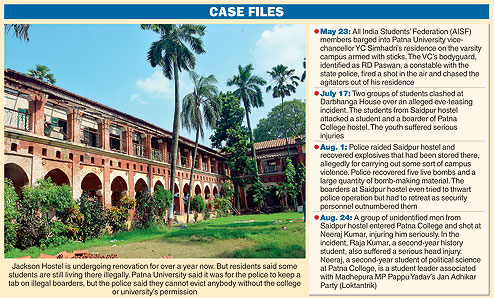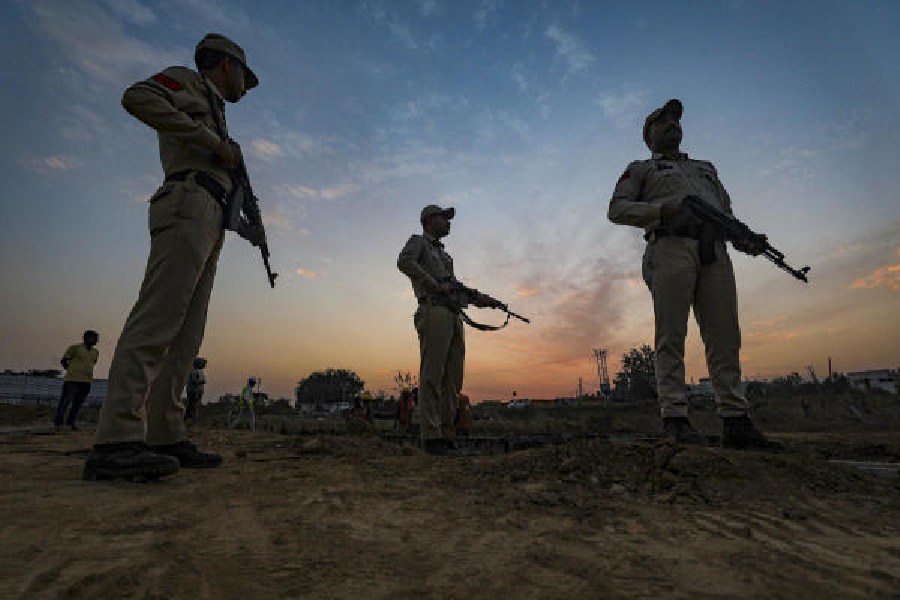
Weathermen in Patna were in for a surprise early Friday morning as a moderate aftershock was felt in the city a day after the Met department lifted the 48-hour alert for such tremors.
The fresh aftershock measured 5 on the Richter scale at the epicentre in Nepal. Residents in Patna felt it at 7.12am.
Lifting the alert on Thursday, Patna Met centre director Ashish Sen had claimed the aftershocks expected from Friday onwards would be less than 5 in magnitude, and so would not be felt in places far from the epicentre in Nepal such as Patna. Of the 22 aftershocks of the Tuesday quake, recorded in the past 48 hours, were less than 5 in magnitude.
Few residents, however, felt the ground shaking on Friday morning.
"I was reading the newspaper when I felt a slight trembling for a few seconds. Though it seemed less in intensity, I did feel it," said Mukesh Kumar Roy, a resident of Boring Road.
The aftershock of magnitude 5 came as a surprise for the weathermen at the Patna met centre. "We were not expecting an aftershock of such magnitude (5 on the Richter scale) with its epicentre in the same area of the one on May 12. Normally, intensity of aftershocks reduce by 24 times in 48 hours of the primary quake. Accordingly, we had assessed that the magnitude of aftershocks from Thursday afternoon would not be more than 4.7 or 4.8. So, the magnitude of 5 of Friday morning was a bit unusual. There is no need to panic though," said Met director Sen.
Sharing border with Nepal, several regions in Bihar lie in the high seismic zone of V, IV and III, where ground shaking is felt considerably in case of earthquakes in the Himalayan country.
Senior seismologists at the IMD headquarters in New Delhi said an aftershock of a magnitude slightly higher than few of the previous ones (but lesser than the primary quake) was not unusual.
"The earthquake of April 25 measuring 7.9 on the Richter scale has triggered instability in the entire fault area near Kathmandu, which led to the May 12 aftershock of magnitude 7.3. One of the indications of the numerous aftershocks is that the fault caused by the primary quake is stabilising. Though the magnitude of the aftershocks is normally less than the primary quake - for instance, all aftershocks of the April 25 quake have been less than 7.9 magnitude - slight fluctuations in the range of 3 and 5 on the Richter scale are not unusual," said Rajesh Prakash, a director at the IMD seismological division in New Delhi.
Seismic experts in Patna concurred.
"Fluctuation in the magnitude of aftershocks is a normal phenomenon but it is always less than that of the primary quake. Even on Friday, the magnitude of the next aftershock (after 7.12am) at 10.36am recorded 3.4 on the Richter scale. In fact, most of the aftershocks in the past two days have been in the range of 3-4 on the Richter scale. This indicates that the fault area in the primary quake region is gradually stabilising," said Pradhan Parthasarthy, the head at the Centre for environmental sciences at Central University of South Bihar.










